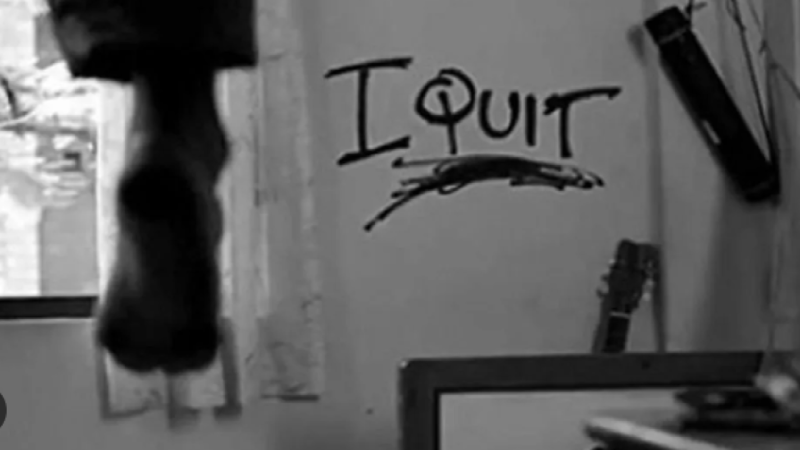Google Doodle Celebrates Birthday Of Explorer Nain Singh Rawat
NEW DELHI: Google Doodle today celebrates the birth anniversary Nain Singh Rawat, one of the first pundits to explore the Himalayas for the British. Born in 1830, Nain Singh Rawat hailed from Johar Valley of Kumaon in present day Uttarakhand.
Nain Singh Rawat (October 21, 1830 – February 1, 1882), was one of the first of the late 19th century Indian explorers who explored the Himalayas for the British. He hailed from the Johar Valley of Kumaon. He mapped the trade route through Nepal to Tibet, determined for the first time the location and altitude of Lhasa, and mapped a large section of the Brahmaputra, the major Brahmaputra River.
In 1855, Nain Singh Rawat, now a well-disposed and intelligent man of 25 years, of traditional Bhotia stature – short, stocky and stubborn – was first recruited by German geographers the Schlagintweit brothers. Baron Humboldt had sent these German scientists to the office of the Survey of India, which reluctantly allowed them to proceed with their survey.
Adolf and Robert Schlagintweit had met Deb Singh Rawat in the Johar valley, who showed them a thanks chit signed by William Moorecroft and inscribed ‘Northern foot of the Himanchal Mountains near Daba in Chinese Tartary, 25 August 1812.’ On his advice they recruited three members of his family for their expedition: Mani Singh Rawat, Dolpa and Nain Singh Rawat. Nain Singh’s first exploration trip was with the Germans between 1855 and 1857. He travelled to Lakes Manasarovar and Rakas Tal and then further to Gartok and Ladakh.
After the exploration with the Schlagintweit brothers, Nain Singh Rawat joined the Education Department, being appointed as the headmaster of a government vernacular school in his village at Milam from 1858 to 1863.
In 1863, Nain Singh Rawat and his cousin, Mani Singh Rawat, were sent to the Great Trignometric Survey office in Dehradun where they underwent training for two years. This included training on the use of scientific instruments and ingenious ways of measuring and recording and the art of disguise. Nain Singh Rawat was exceptionally intelligent and quickly learned the correct use of scientific instruments like the sextant and compass. He could recognise all major stars and different constellations easily. This was possible due to exhaustive practice and a drive and determination in the hand-picked men.
Nain Singh Rawat died at Moradabad of cholera on approximately the 1st of February, 1882.[3]
On 27 June 2004, an Indian postage stamp featuring Nain Singh[9] was issued commemorating his role in the Great Trigonometric Survey. In 2006, Shekhar Pathak and Uma Bhatt brought out a biography of Nain Singh with three of his diaries and the RGS articles about his travels in three volumes titled Asia ki Peeth Par published by Pahar, Naini Tal.

